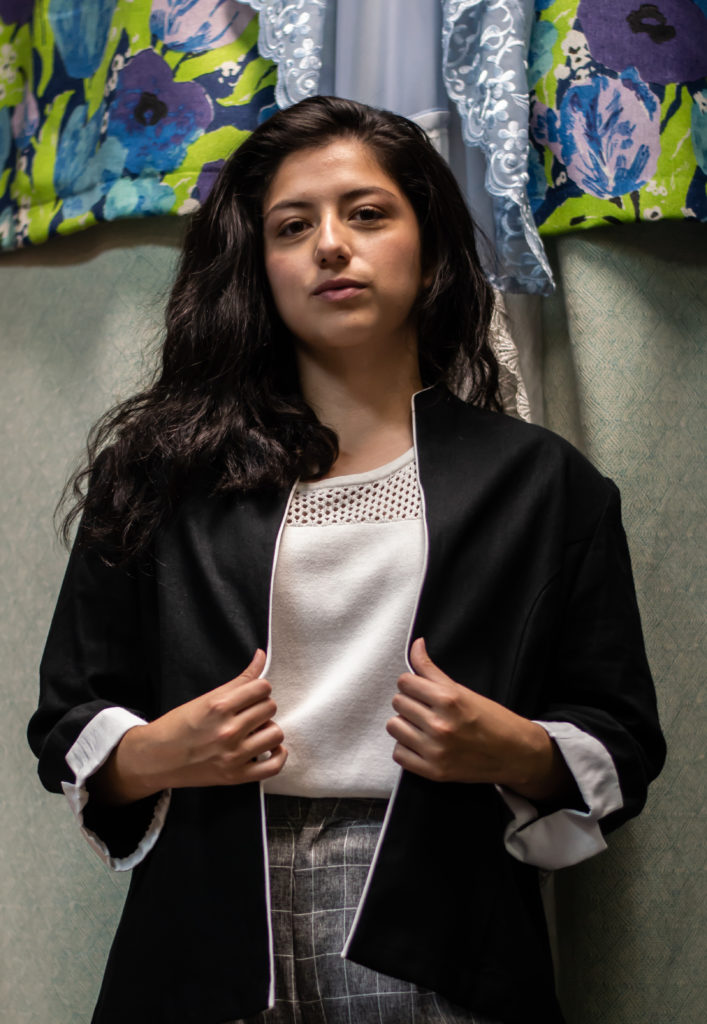A trend toward less revealing clothes was driven by the desires of young religious people but is now more about promoting a variety of personal fashion choices.
“When people think about modesty, especially in dress, religion is often connected to it,” says Amy Harden, an associate professor of fashion merchandising at Ball State University. “While it is indeed true for some, it is not the entire story.”
Dress codes exist around the world in schools, businesses, and even households. But dressing modestly is moving beyond following rules and into the trends of popular culture. Online platforms such as blogs or Instagram have given voice to young, often religious individuals who strive to make modest clothing cool.
Wearing garments that cover a certain amount of skin or hair is often about adhering to the moral code of one’s religion, Harden says, but modest dress can also just be a personal choice.
Adriana Castillo, a sophomore fashion merchandising student at Ball State, first experienced modesty within her Catholic family. Going to church influenced her outlook on fashion, as she got used to dressing in ways appropriate for attending Mass: long dresses, white ankle socks, black shoes, and hair bows. If her dress didn’t have long sleeves, she would cover up with a shawl.

Much like Adriana, Alyssa Carey found religion to be a significant factor in her modest fashion sense. Alyssa, a Ball State art student, is the granddaughter of a Christian preacher.
Her family established distinct rules about the clothing allowed to be worn both inside and outside the home. At the time, if Alyssa’s clothing didn’t meet length requirements, such as shorts or dresses not being fingertip length, she was asked not to leave the house. Middle school was when she most wanted to rebel against these rules and wear things like crop tops, but she now appreciates those rules and believes dressing modestly helps express her personality. She says that as she got older, modesty became more important to her. The clothes and outfits she puts together show off her personality and style rather than her body, allowing her to feel empowered as a woman.
Alyssa’s fashion sense was also shaped by learning to sew from her grandmother, who used vintage patterns in her work.
“These patterns were very modest,” Alyssa says. “I would alter them to keep some of those vintage elements, while transforming it into a more modern take on the style.”
She created dresses to wear on Sunday mornings or other special occasions, then mixed the vintage styles with modern jewelry and other accessories for a casual look she could wear to school.
The rise in corporate companies who produce modest fashion products has largely come from a desire to appeal to shoppers like Adriana and Alyssa. There hasn’t necessarily been an evolution of modesty, Harden says, but rather a movement to include a variety of personal style choices.
“The concept of what is modest and how it is expressed, especially in dress, is a gradual process because it is culturally defined,” says Harden.
As people grow up, they can accept the ideas of appropriate dress they were raised with or begin to change how they define modesty. Attitudes shift with time, Harden says, and fashion choices will reflect those changing values.
This news brief was originally published in the fall 2018 print edition.




